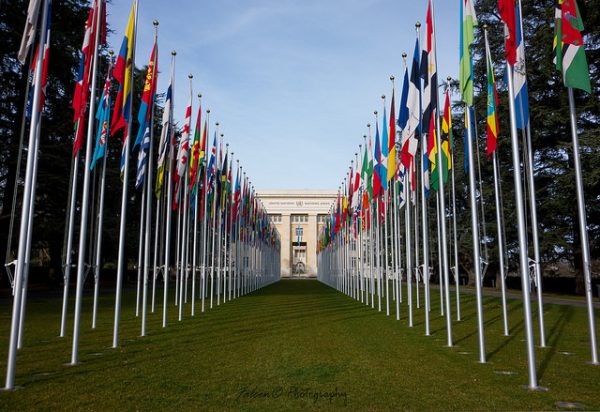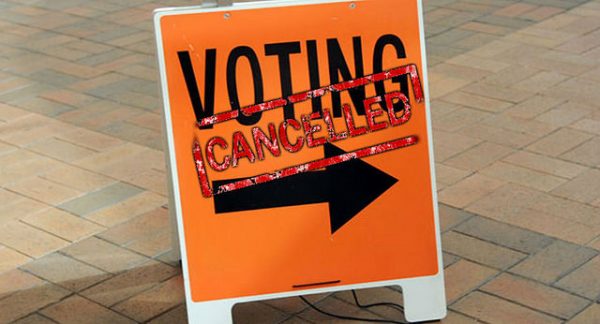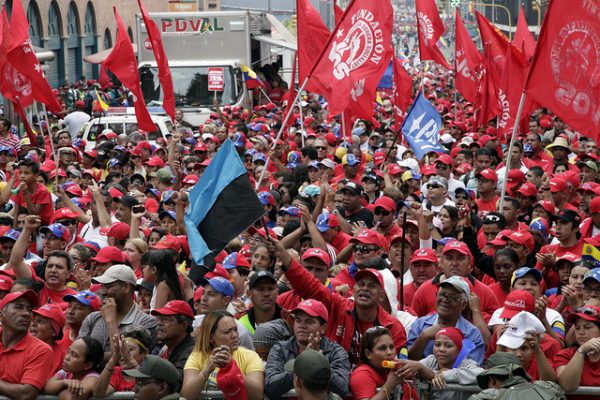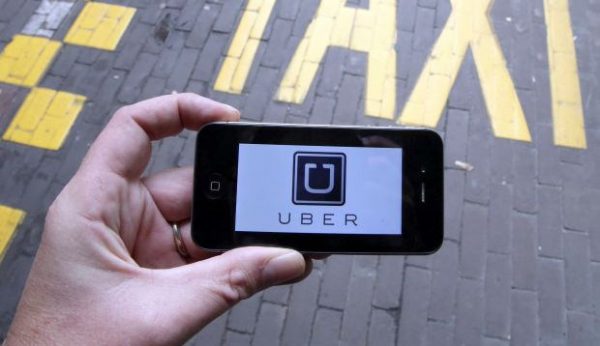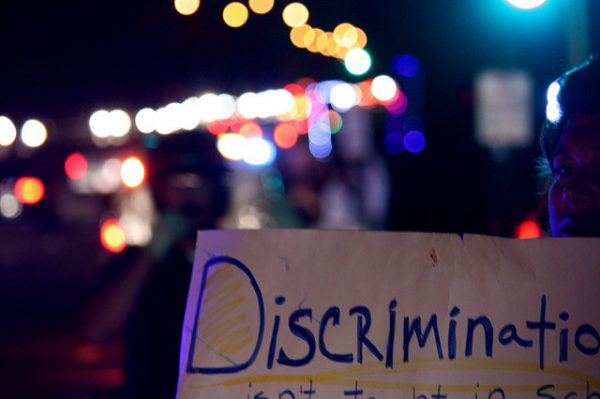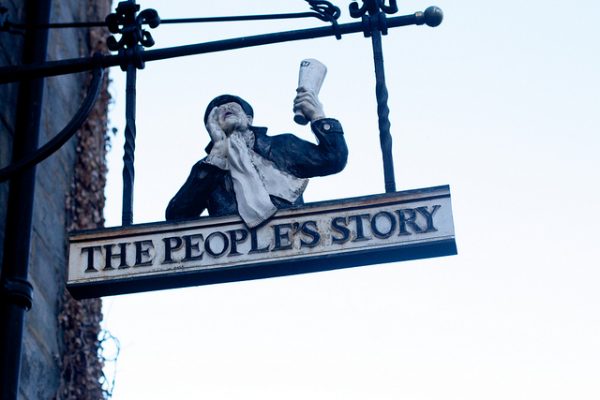
With the recent discovery of numerous Earth-like planets orbiting the same star, Elon Musk’s promise to send citizens to the moon, and increased politicization surrounding the science of climate change, many Americans are looking to the stars for potential solutions and possible new homes. And the nascent NewSpace movement — made up of entrepreneurs and advocates looking to commercialize outer space — promises to push space exploration forward at a rapid pace. While it certainly requires rocket science to get to space, social science is beginning to weigh in on what it might mean for social life.
The privatization and commodification of public spaces is now moving beyond Earth as governments struggle over control of the atmosphere and outer space. And as new entrepreneurial space companies seek to privatize the sky and profit from new resources and new planets, some worry that existing structures of class and racial inequality will be repeated or even intensified with space colonization. Others, like anthropologist David Valentine, see potential for progressive re-imaginings.
- Ian G. R. Shaw. 2017. “The Great War of Enclosure: Securing the Skies.” Antipode. Online.
- Jason Beery. 2016. “Unearthing Global Natures: Outer Space and Scalar Politics.” Political Geography 55: 92–101.
- Daniel Sage. 2008. “Framing Space: A Popular Geopolitics of American Manifest Destiny in Outer Space.” Geopolitics 13(1): 27–53.
- David Valentine. 2012. “Exit Strategy: Profit, Cosmology, and the Future of Humans in Space.” Anthropological Quarterly 85(4): 1045–1067.
Sociologists highlight how inequalities shape the way people are experiencing this increasing “humanization of the universe.” Wealthy elites relate to the universe as an object to dominate, funding new “space tourism” programs and hoping to extend the workings of capitalism to the Moon and beyond. Less wealthy and marginalized communities, however, experience the universe as a dominating and mystifying force, and many feel that space colonization will only make them more powerless.
- Peter Dickens and James S. Ormrod. 2007. “Outer Space and Internal Nature: Towards a Sociology of the Universe.” Sociology 41(4).
Since women and people of color are still less likely to pursue careers in science or technology, they are less likely to have a voice in these new projects. But this is not the only thing keeping them from the conversation. For example, women have historically had a difficult time qualifying for space travel. Fears about menstruation, pregnancy, and hormones in outer space have significantly hindered research into how women’s bodies are affected by space travel. The result is that women’s bodies are constructed as problematic and essentialized in opposition to male bodies, keeping many women from successfully joining space missions.
- Yu Xie, Michael Fang, and Kimberlee Shauman. 2015. “STEM Education.” Annual Review of Sociology 41: 331-357.
- Monica J. Casper and Lisa Jean Moore. 1995. “Inscribing Bodies, Inscribing the Future: Gender, Sex, and Reproduction in Outer Space.” Sociological Perspectives 38(2): 311-333.


